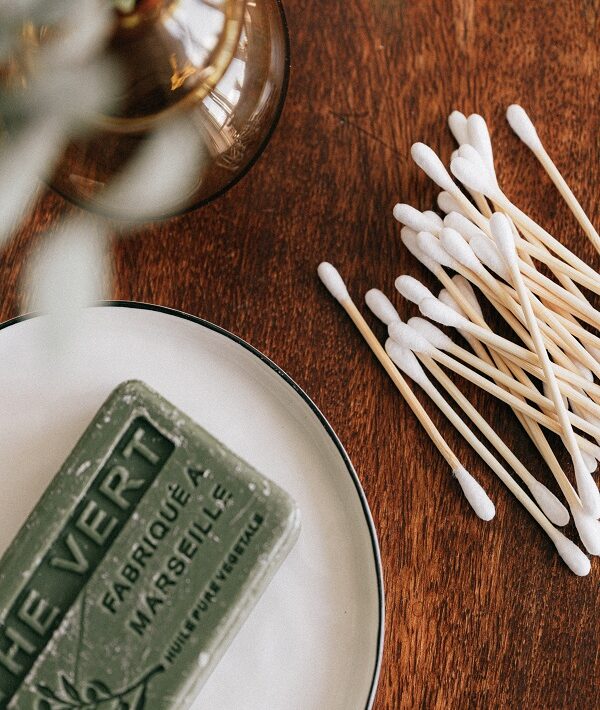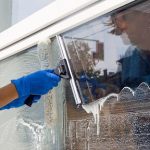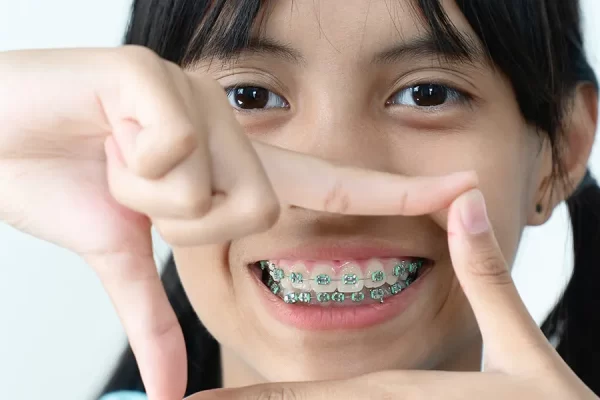Who uses cotton swabs to clean earwax out of their ear canals? I expect that most of you do. In spite of the fact that every doctor worth their salt advice against Safe Ear Cleaning.
Shoving anything into your ear can be extremely dangerous. For one, you’re forcing the wax further into your ear, leading, rather counterproductively, to impacted earwax — literally a blockage of the eardrum. There’s also the fact that digging around in your ear can damage your eardrum, injure the inside of your ear canal, or even cause an ear infection, according to guidelines published in the publication Otolaryngology-Head and Neck Surgery.
You may have also heard of ear candling as an alternative. All I’ll say here is don’t. It’s a snake oil remedy peddled by people with no knowledge of medicine or ear health, likelier to cause severe damage or burns more than anything else.
So what exactly should you do in order to safely clean your ears?
In most cases, nothing. Earwax is a perfectly normal part of the ears, intended to protect them from foreign agents in a similar manner to the mucus in your nose. Perhaps most importantly, the ears are pretty good at cleaning themselves — unless you’re actively experiencing a blockage, it’s usually better to leave them alone.
That said, if you do end up needing to clear out some excess earwax, here’s how to do it safely:
- Purchase something that you can use to soften your earwax. Options include hydrogen peroxide, baby oil, mineral oil, almond oil, olive oil, or glycerin. You may alternatively consider purchasing a cerumenolytic — a chemical designed specifically for earwax removal.
- Using an eyedropper, apply a few droplets of softening agents into the inside of each ear.
- Repeat this for a few days, or until the wax is soft enough. Most commercially-available softening agents require one to two weeks of constant application.
- Gently rinse your ear with warm water. You can either do this in the shower or use a specialized ear bulb syringe, as described in a document from Crown Heights Medical Center. Note that if you’re in the shower, make sure you turn the water pressure down, otherwise you risk damaging your ear.
- Dry your ears thoroughly. You can either use a soft cloth or a hairdryer on low heat for Safe Ear Cleaning.
It’s important to note that home cleaning is not always recommended. If you’re experiencing any symptoms like pain, difficulty hearing, itching, or a strange “fullness” in your ear canal, it’s always advisable to visit a doctor. They’re better-equipped to both clean and diagnose your ears than anyone else.










